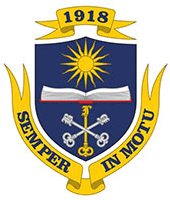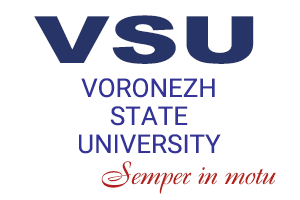The Faculty of Applied Mathematics, Informatics, and Mechanics is currently working on methods for the analysis of the current and projected dynamics of the spread of coronavirus in the Voronezh Region. These methods include interactive visualization and forecasting by means of machine learning. The studies are performed using anonymised data provided by Voronezh Regional Clinical Diagnostic Centre.
Researchers from the Faculty of Applied Mathematics, Informatics, and Mechanics use this data to develop a new visualisation tool, which will display daily updated data on the number of COVID-19 cases, new cases, the number of recoveries, as well as the number of tests performed. The data will be displayed on an interactive scalable Google map of the region. This tool will demonstrate the difference between the parts of the region most affected by COVID-19. The Сhoropleth plugin will make it possible to study the development of the situation in various parts of Voronezh and the Voronezh Region over the whole period of the pandemic.
“Our faculty develops new important areas of research together with IT companies. This project is of great importance for the present situation”, said Alexander Shashkin, the Dean of the Faculty of Applied Mathematics, Informatics, and Mechanics.
The faculty is also working in a new tool for the short- and long-term forecasting of the dynamics of the waves of coronavirus in the region. This tool is based on deep learning algorithms. It employs a hybrid deep learning model based on a long short-term memory network. The forecasting will be based on the parameters determined by a convolutional neural network. The researchers also use the data provided by Voronezh Regional Clinical Diagnostic Centre and the vaccination statistics to develop a model that would forecast the dynamics of hospital admissions in the Voronezh Region taking into account the current number of COVID-19 cases and the percentage of vaccinated population.
“Voronezh State University has expertise in artificial intelligence, machine learning, and big data analysis unique to the Central Federal District. VSU has a unique artificial intelligence environment including three new laboratories and a laboratory of mechatronics and robotics. These laboratories were opened thanks to our partners: Novolipetsk Steel, Rostec state corporation (particularly, its sub company Concern Sozvezdie), Sberbank, and Interkhos group. They came up with the idea and provided financial support. Each laboratory has its own research group, which perform studies in the area of artificial intelligence to meet the needs of our industrial partners and governmental institutions. Take, for example, the use of these technologies in the healthcare system. We are among the first researchers in the country who are working on the tools for the visualisation of the spread of COVID-19 and use neural networks to forecast the dynamics of the pandemic. This will definitely help to optimise the resources of the healthcare system, and enable local authorities to react quickly and prevent the negative affect of the pandemic.”

